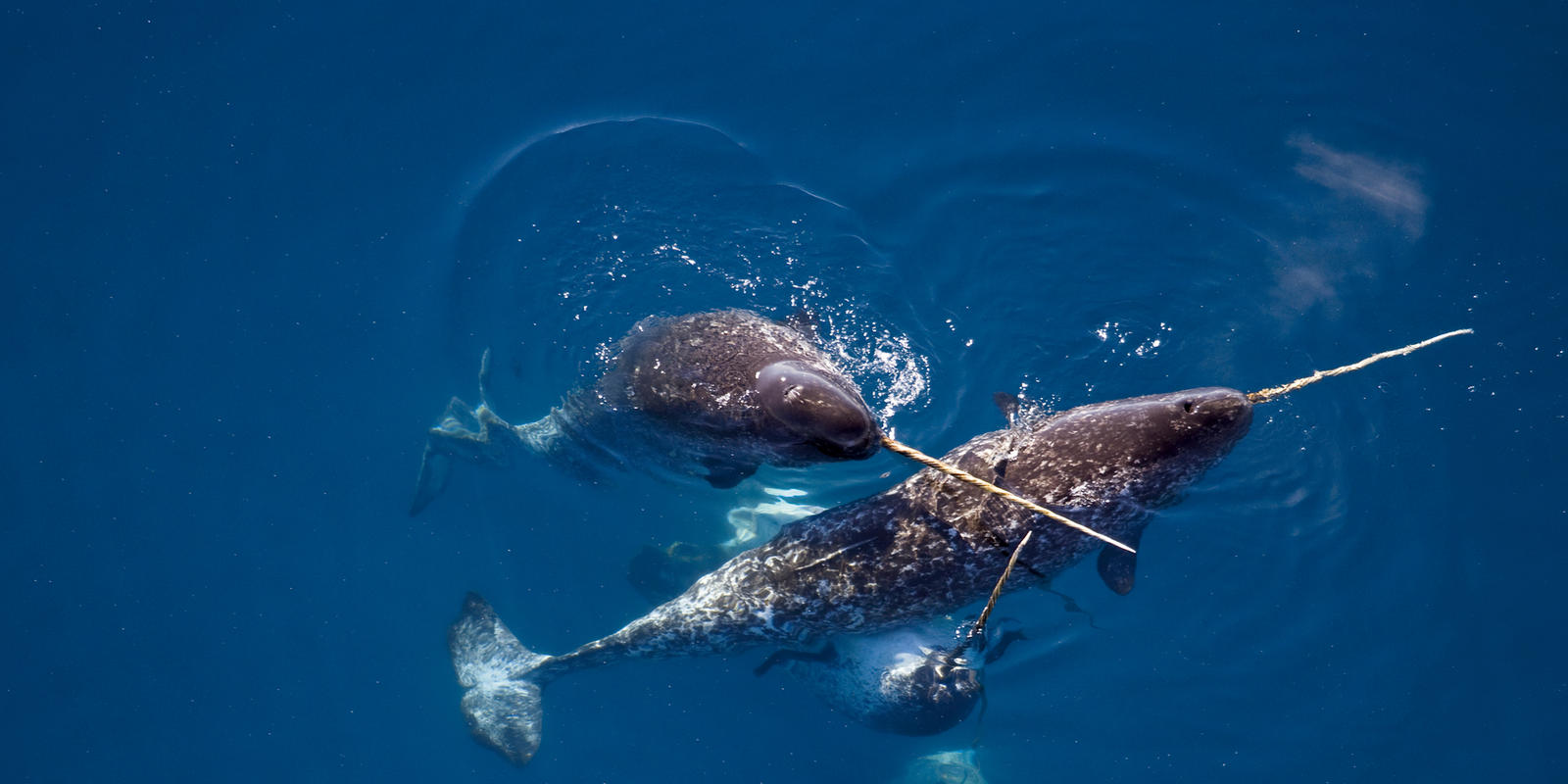What arctic sea whale has one long horn on its head narwhal

The Enigmatic Narwhal: The Arctic Sea Whale with a Long Horn on its Head
 Narwhal - Unicorn of the Sea
Narwhal - Unicorn of the Sea
The narwhal, known as the “Unicorn of the Sea,” is a species of arctic sea whale that possesses a unique feature: a long, spiraled tusk protruding from its head. With its distinctive appearance, the narwhal brings wonder and fascination to those who encounter it. In this article, we will delve into the intriguing world of this majestic creature, explore its habitat and behavior, as well as shed light on the significance of its iconic tusk.
Habitat and Distribution
Narwhals are primarily found in the arctic waters of Canada, Greenland, and Russia, although sightings have also been reported in other parts of the Arctic Ocean. These whales prefer areas covered by sea ice and can withstand extreme cold temperatures, adapting to a life governed by ice and snow. Their natural habitat is both vast and remote, making encounters with humans a rare occurrence.
Physical Characteristics
 Narwhal Illustration
Narwhal Illustration
Narwhals are known for their robust bodies, which range in length from 13 to 18 feet (4 to 5.5 meters) and can weigh between 2,200 and 3,500 pounds (1,000 to 1,600 kilograms). Their skin varies in color from speckled gray to almost black, with a white underside. However, their most striking feature is undoubtedly their tusk.
The Mystical Tusk
The most distinctive aspect of the narwhal is its tusk, which is actually a specialized tooth that can grow up to 10 feet (3 meters) in length. The tusk is typically seen in males, although around 15% of females also possess a smaller version of this unique appendage. Contrary to popular belief, the tusk is not used for hunting or impaling prey. Instead, it serves several purposes, including communication, navigation, and as a sensory organ.
Scientists believe that the tusk’s composition and structure enable narwhals to detect changes in their environment, such as temperature, salinity, and pressure. The tusk is also believed to play a role in attracting mates during the breeding season and establishing dominance within the social hierarchy of narwhal pods.
Social Behavior and Communication
Narwhals live in social groups called pods, which typically consist of 5 to 20 individuals. These pods can occasionally grow to include hundreds or even thousands of narwhals during migration or when large food sources are available. Narwhals are known for their synchronized swimming patterns and vocalizations, which are used to maintain social bonds, locate prey, and communicate warnings of potential threats.
Conservation and Protection
Despite their remote habitat, narwhals face various challenges that threaten their population. Climate change and the subsequent loss of sea ice impact their traditional migratory patterns and make them more vulnerable to predation. Additionally, human activities such as commercial fishing, shipping, and oil exploration in the Arctic further jeopardize their survival.
Efforts are being made to protect these magnificent creatures through international agreements such as the Marine Mammal Protection Act in the United States and the Convention on International Trade in Endangered Species (CITES). It is crucial to raise awareness about the importance of preserving their habitat and safeguarding their fragile existence.
The narwhal, with its mysterious allure and captivating tusk, remains a symbol of the Arctic’s unique biodiversity. As we continue to explore and understand these fascinating creatures, let us also strive to protect and conserve their delicate ecosystem for future generations to appreciate and cherish.
- Source: National Geographic
Tags
Share
Related Posts
Quick Links
Legal Stuff

